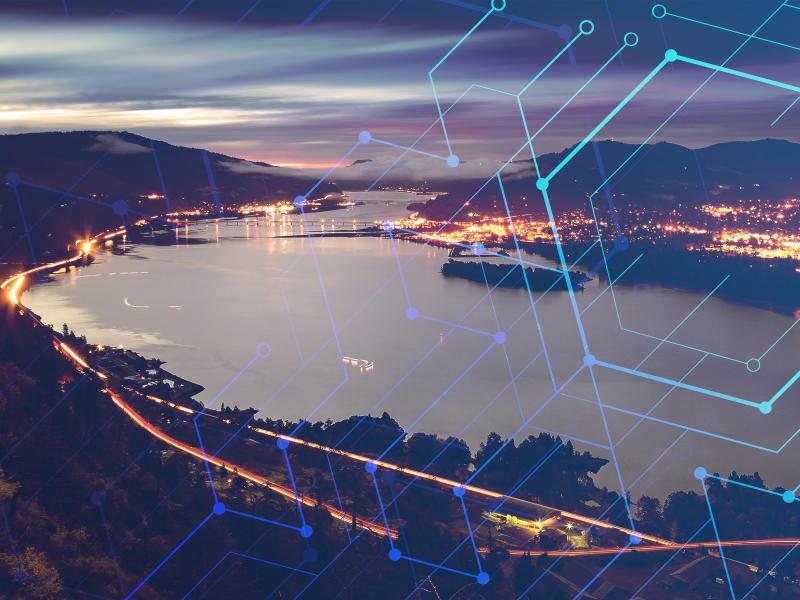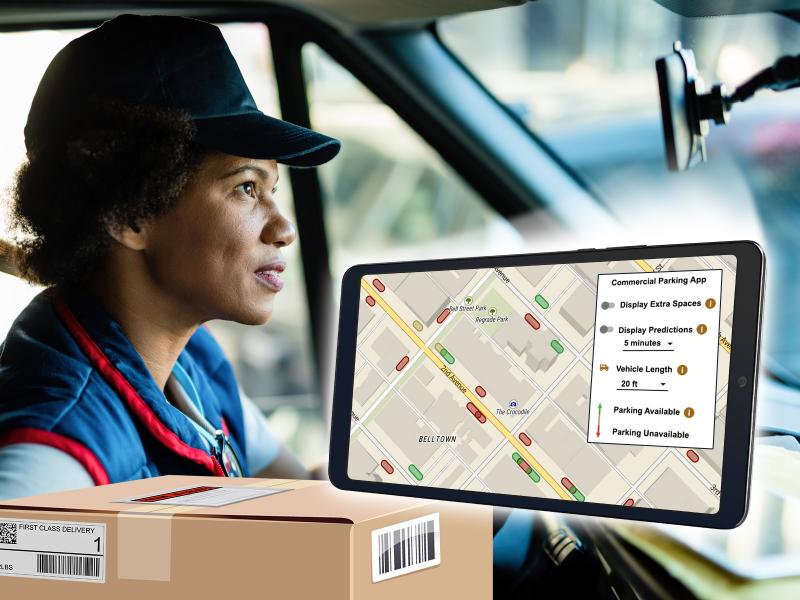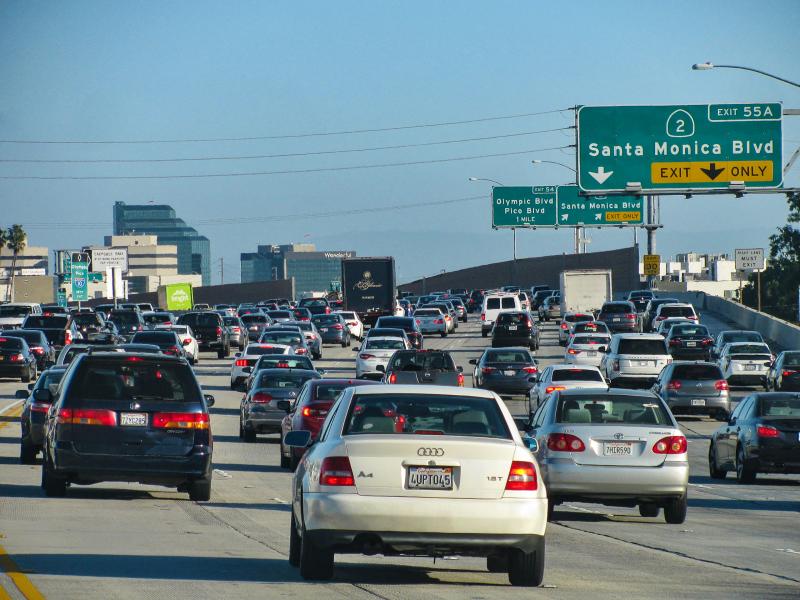
Energy-Efficient
Mobility Systems
Energy-Efficient
Mobility Systems
Creating tools that help
communities plan for
efficient mobility on today’s roads
Creating tools that help
communities plan for
efficient mobility on today’s roads
Today’s roadways are filled with cars, trucks, and an abundance of traffic lights, causing many stops and starts for the average driver. Even delivery trucks, with their heavy loads of online consumer purchases and business deliveries, encounter challenges with travel and parking to drop off freight in congested urban settings.
Traveling from Point A to Point B is becoming increasingly frustrating—and inefficient. All those starts and burn more fuel, causing pain at the gas pump.
To improve the efficiency of the nation’s vehicle transportation system, the U.S. Department of Energy’s Vehicle Technologies Office (VTO) launched the Energy Efficiency Mobility Systems—or EEMS—program in 2017. The EEMS program is creating tools and technologies to help communities plan for and encourage efficient mobility on the nation’s roads and highways. PNNL is partnering with VTO by leveraging expertise in transportation controls and data analytics.
In the arena of infrastructure-to-vehicle communications and efficient traffic routing, the PNNL team is developing dynamic routing capabilities for both autonomous and regular vehicles. These tools will help drivers reduce travel time and avoid road congestion.
To provide tools for greater awareness over regional transportation networks, a team of PNNL researchers developed the Transportation State Estimation Capability (TranSEC). TranSEC provides estimates of the current state of a transportation system using sparse and heterogeneous traffic data. The tool gives decision makers, traffic engineers, and others current traffic state awareness that helps inform decisions related to operational control and infrastructure planning.
PNNL scientists are also combining artificial intelligence, machine learning, and app development to help ease traffic challenges in congested urban settings. For example, they created a parking app that allows freight delivery drivers to increase productivity and reduce driving time and fuel consumption.
The nation’s roadways don’t look exactly like the sleek, autonomous, and controlled vehicle transportation system of the Jetsons—yet. But with the research performed in support of EEMS, we’re getting there.

